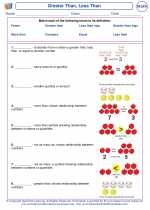Understanding Size in First Grade Math
In first grade math, children learn the concept of size, which involves comparing and ordering objects based on their physical dimensions. Understanding size is crucial for developing spatial awareness and lays the foundation for more complex mathematical concepts.
Comparing Size
Children learn to compare the size of objects using terms such as big, small, bigger, smaller, large, and little. They also begin to understand the concept of equal size and recognize when two objects are the same size.
Ordering Objects by Size
First graders are introduced to the skill of ordering objects based on size. They learn to arrange objects in ascending (from smallest to largest) or descending (from largest to smallest) order, helping them grasp the concept of relative size.
Measuring Size
While basic measurement concepts are often introduced in later grades, first graders may begin to explore informal ways of measuring size, such as comparing the length or height of objects using non-standard units like blocks or hand spans.
Understanding size in first grade lays the groundwork for more advanced concepts such as measurement, geometry, and comparison, providing a strong mathematical foundation for future learning.
.◂Math Worksheets and Study Guides First Grade. Greater Than, Less Than
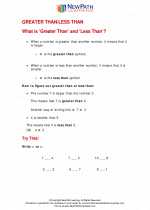
 Activity Lesson
Activity Lesson
 Worksheet/Answer key
Worksheet/Answer key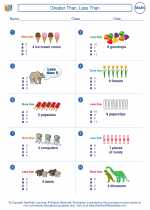
 Worksheet/Answer key
Worksheet/Answer key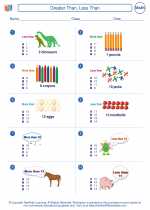
 Worksheet/Answer key
Worksheet/Answer key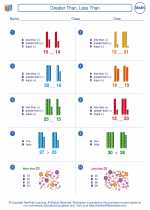
 Vocabulary/Answer key
Vocabulary/Answer key